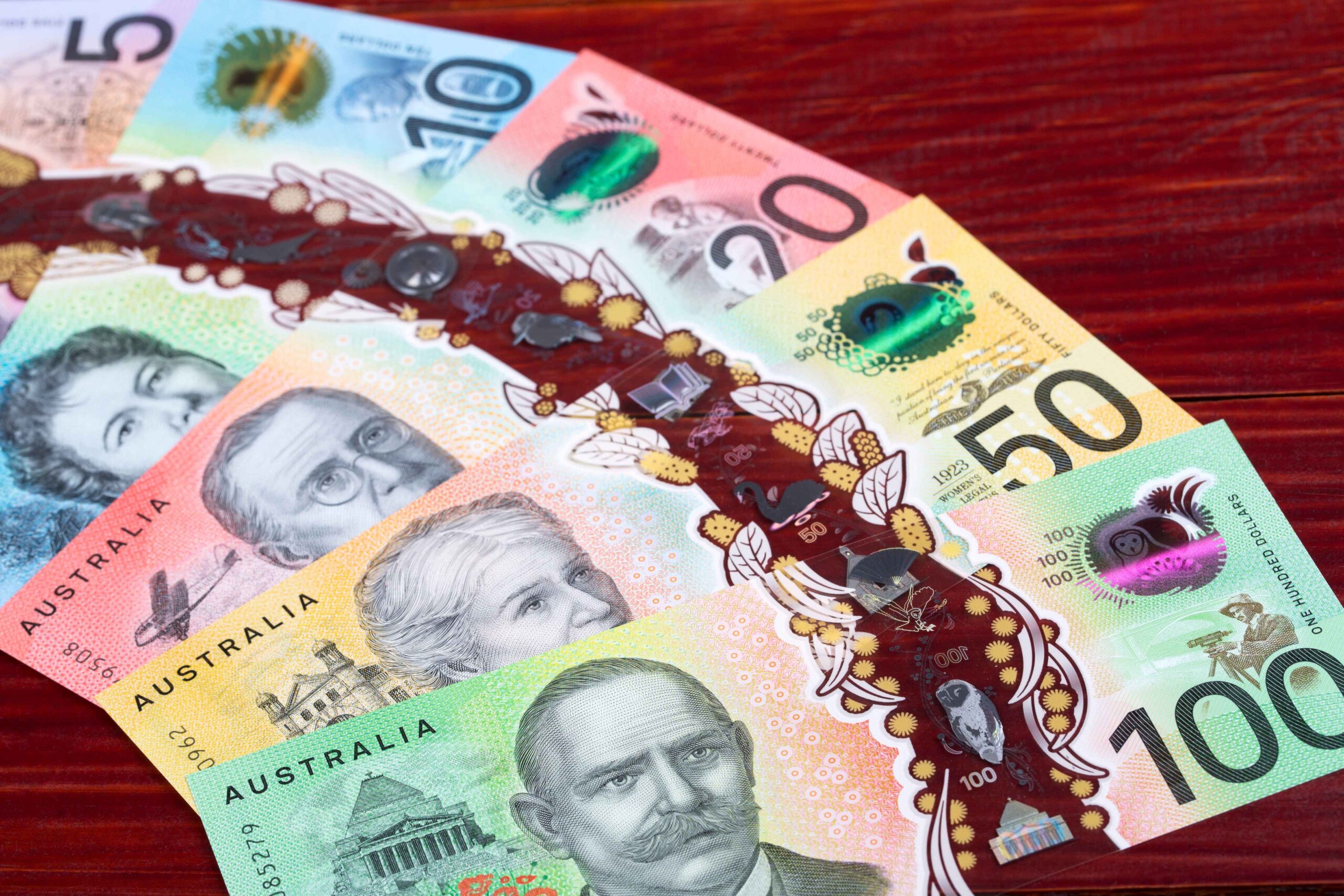Exploring the Path to Australian Dollar’s Recovery: Market Movements and Economic Insights
The Australian Dollar recently showcased a remarkable recovery. This resurgence came against a backdrop of a lower ASX 200 index. Additionally, markets eagerly awaited the release of US Retail Sales data. Such factors set the stage for a nuanced analysis of the Australian Dollar’s recovery.
Background Context
The ASX 200 Index’s performance serves as a vital gauge for the Australian Dollar’s health. When the index falls, it generally signals a downturn for the Australian Dollar. Conversely, when the index climbs, the Australian Dollar often sees an uplift. Moreover, global economic conditions, especially those in the US, hold significant sway. For instance, strong US economic indicators can exert downward pressure on the Australian Dollar. On the other hand, weaker indicators from the US can boost it. Hence, the interplay between the ASX 200 Index and global economic trends shapes the Australian Dollar’s fortunes. Investors and traders closely monitor these dynamics to make informed decisions. In this intricate dance, the Australian Dollar’s fate is closely tied to the health of global and domestic economies.
Key Factors Influencing the Australian Dollar Recovery
The Federal Reserve’s expected interest rate cuts stand out as a crucial element in the financial landscape. These cuts often lead to a softer US Dollar, which, in turn, favors the Australian Dollar’s recovery. Simultaneously, the Reserve Bank of Australia’s (RBA) monetary policy becomes equally important. Statements from RBA Governor Michelle Bullock regarding inflation and interest rates carry significant weight. They not only guide market expectations but also directly affect the path of the Australian Dollar. As markets digest these announcements, the Australian Dollar’s position adjusts accordingly. Hence, the coordination of US monetary policy and RBA’s strategies forms a cornerstone for the Australian Dollar’s performance. Investors keenly observe these developments, understanding their potential impact on the Australian Dollar’s strength and direction.
Market Sentiment and Economic Indicators
Market sentiment towards the Australian Dollar emerges from a web of economic indicators. These span both domestic and global scenes. Importantly, the US Retail Sales data and Core Producer Price Index (PPI) exert a strong influence. They have the power to move the AUD/USD pair, thus molding the Australian Dollar’s immediate future. As these indicators fluctuate, they send ripples through the forex market. Traders and investors react swiftly to these changes, adjusting their strategies. Consequently, the Australian Dollar’s value shifts in response. This dynamic underlines the interconnected nature of global economies and their currencies. Therefore, keen observers of the Australian Dollar watch these indicators closely. They aim to predict the currency’s next moves in a constantly changing economic environment.

source:fxs
Technical Analysis of the Australian Dollar’s Movement
A technical analysis offers insight into the Australian Dollar’s latest trading patterns. It highlights crucial technical levels that demand careful scrutiny. These levels, notably resistance and support points, play a pivotal role. They are essential for forecasting the Australian Dollar’s near-term trends. As traders observe these levels, they gain valuable clues about potential price movements. For instance, breaking through a resistance level might signal a further rise. Conversely, dipping below a support point could indicate a decline. Thus, these technical indicators serve as a roadmap. They guide traders in navigating the volatile forex market. In turn, this understanding helps in making informed decisions about the Australian Dollar’s direction.

The Role of International Relations and Trade Policies
Upcoming diplomatic meetings catch the eye, especially the one between Chinese Foreign Minister Wang Yi and Australia’s Penny Wong. These engagements can reshape trade policies. Furthermore, they often sway geopolitical dynamics. As a result, they wield power over the Australian Dollar’s recovery. For instance, positive outcomes might bolster trade relations, enhancing the Australian Dollar’s strength. Conversely, tensions could exert downward pressure on it. Hence, stakeholders in the Australian economy watch these meetings closely. They understand the ripple effects on the currency. In sum, diplomatic interactions play a key role in forecasting the Australian Dollar’s path.
Future Outlook
The Australian Dollar’s future hinges on prevailing economic trends and policy choices. Upcoming economic data and central bank verdicts are set to be pivotal. These factors could decisively mold the Australian Dollar’s path ahead. For instance, positive data might propel the currency upward. Meanwhile, dovish central bank policies could dampen its ascent. Investors thus remain on alert, ready to parse new information. Their analysis influences their expectations and strategies concerning the Australian Dollar. Clearly, these economic and policy developments are at the heart of forecasting efforts. They illuminate the road that lies before the Australian Dollar in the near term.
Conclusion
Multiple factors contribute to the Australian Dollar’s recovery. These range from central bank policies to international relations. Despite challenges, opportunities for the Australian Dollar in the global economic landscape remain. Its journey underscores the complexities of currency markets amid shifting economic conditions.
Click here to read our latest article on US Dollar Surge

